When I first started teaching, habitats was a first grade focus. Now, as our science standards are shifting, habitats and the interdependence of ecosystems is a second grade unit and one my students enjoy. Read on for high-engagement teaching ideas and habitats activities for second grade. Not only are they hands-on and fun, but they are already planned for you!
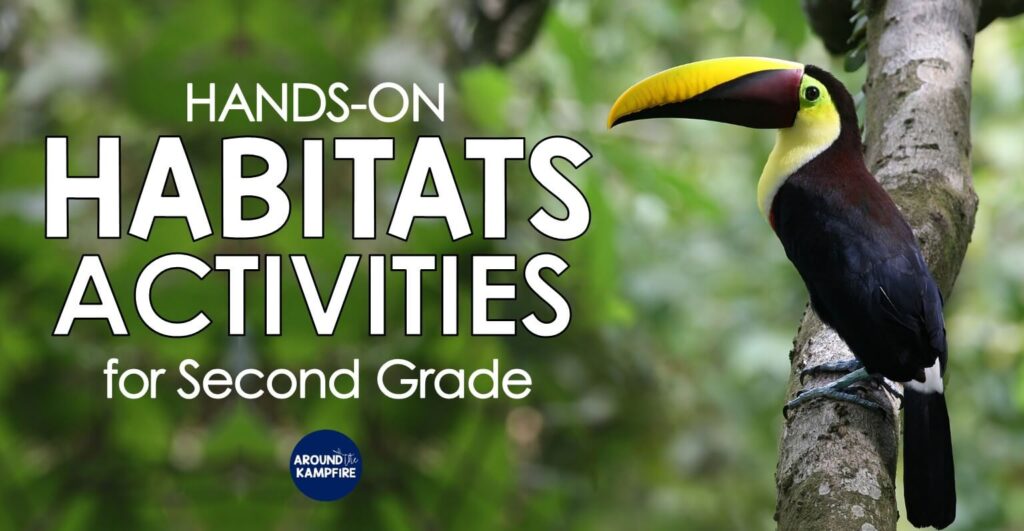
Hands-On Habitats Activities for Second Grade
In second grade, students build on their understanding that plants and animals get what they need to survive from their habitats. They identify where plants and animals live on land and in water, and explore ecosystems within these habitats. Students compare the diversity of a variety of habitats, and focus on the interdependence of living things.
Here are a few of my favorite lessons, labs, and projects for teaching about habitats and ecosystems in second grade science.
Discover Micro-Habitats Around Your School
Scientists learn by observing and collecting data. You would probably be surprised by the number of micro-habitats that exist in your schoolyard. Micro-habitats are smaller environment like the ones found near a bush, in a grassy area, a school garden, or under a pile of rocks.
Source: Habitats 2nd Grade Science Activities
Take your class outside to discover the micro-habitats in their schoolyard. While outside, collect samples to observe. Students can collect data by counting and recording the number of living things they observe in the micro-habitats they find.
Design a Habitat on a Plate Diorama
In this variation on a diorama, students design a land or water habitat on a plate and include specific plants and animals that live there. Ask students to make a drawing for the back and show the diversity of the habitat by including more or fewer plants and animals in their scene.
Source: Habitats 2nd Grade Science Activities
Add a writing element by having students explain the type of habitat, its location and climate, and the reasons for its diversity or lack of.
Source: Habitats 2nd Grade Science Activities
Make Your Lessons Come Alive with Videos
There are some wonderful videos about all of Earth’s habitats on You Tube. These are some I like to use to give students a closer look at what they are learning. These videos also help students understand what an ecosystem is and show an example of a micro-habitat.
Life Under a Log (8:42)
This short video is a good one for giving students a closer look at a micro-habitat.
Exploring for Tide Pool Creatures (1:32)
Exploring for Tide Pool Creatures features a small ecosystem that is part of an ocean.
Get a FREE Clickable Video Guide with 30 classroom videos for teaching about habitats and ecosystems.
Make Models of Water Plants & Adaptations
Just as animals adapt to their habitats, plants adapt as well. Gather materials for students to make simple plant models. Easy to find supplies like foam craft sheets, pipe cleaners, and yarn can be used to show how plants have adapted to live in water.
Source: Habitats 2nd Grade Science Activities
To do this, students start by drawing a diagram of their model and labeling the adaptations they wish to show.
Source: Habitats 2nd Grade Science Activities
For example, students can make models with extra long roots anchored beneath the water, long stems that extend above the waterline, and floating leaves as examples of water plant adaptations.
Once they are finished, students can test their models to see if they work as intended by placing them in a sink or bin of water. Students then compare their models with a classmate and identify common features. (NGSS SEP.2)

Demonstrate Animal Adaptations
As a fun demonstration, try making blubber while students learning about arctic habitats and the adaptations needed to survive. Steve Spangler has a fun blubber glove science experiment to demonstrate how animals stay warm in freezing arctic temperatures.
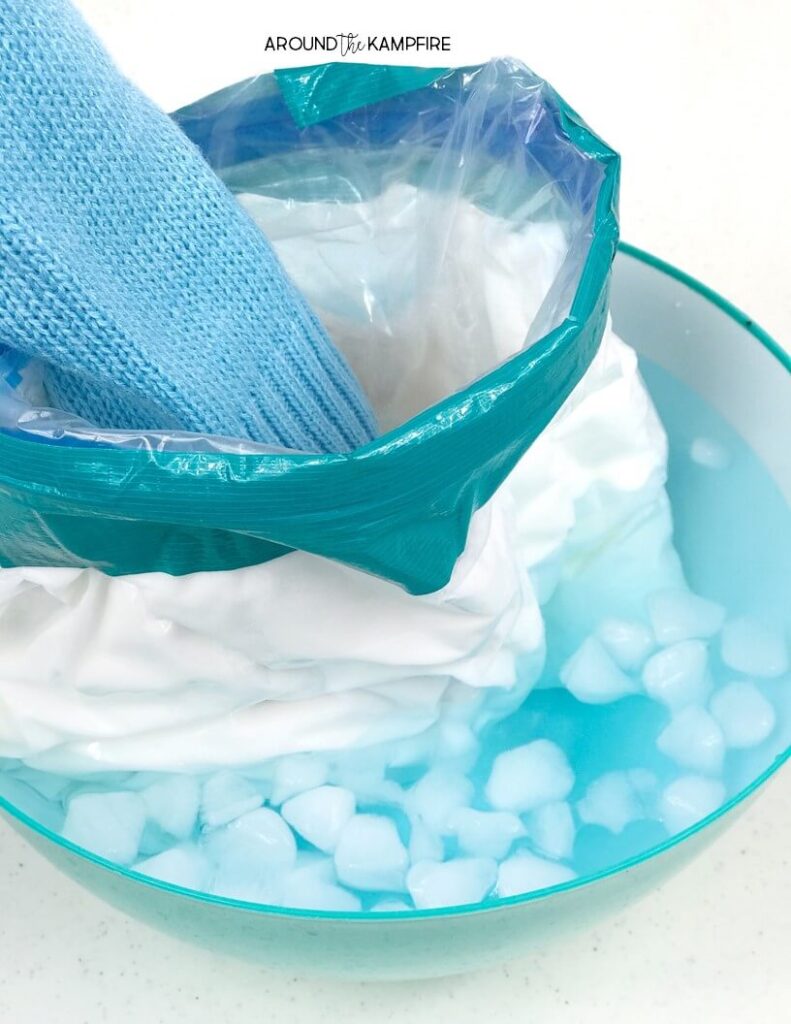
Make Student Science Journals
Keeping a journal give students a place to respond and write about what they are learning in science. Journals can be used for responding to lessons, collecting key vocabulary, drawing designs and diagrams, and planning investigations. They are a must have for all of your habitats activities.

Source: Habitats 2nd Grade Science Activities
Practice Reading Skills Using Science Content
During your reading block, give students comprehension and close reading practice while reinforcing science content. These leveled for 2nd grade science readers include close reading passages in both article and book format. The comprehension question pages target 8 key informational reading standards.
Source: Habitats Close Reading Passages & Leveled Readers Print + Digital
Ideal for small groups, whole group close reading lessons, and classrooms short on science time.
CLICK HERE for the habitats activities, experiments, and PowerPoint lessons featured in this post. Click HERE for the digital version. Save on the Print + Digital Bundle.
Click here for more second grade science units.
I hope you’ll try some of these habitats activities for second grade scientists. Be sure to bookmark or pin this post so you have it when you plan!
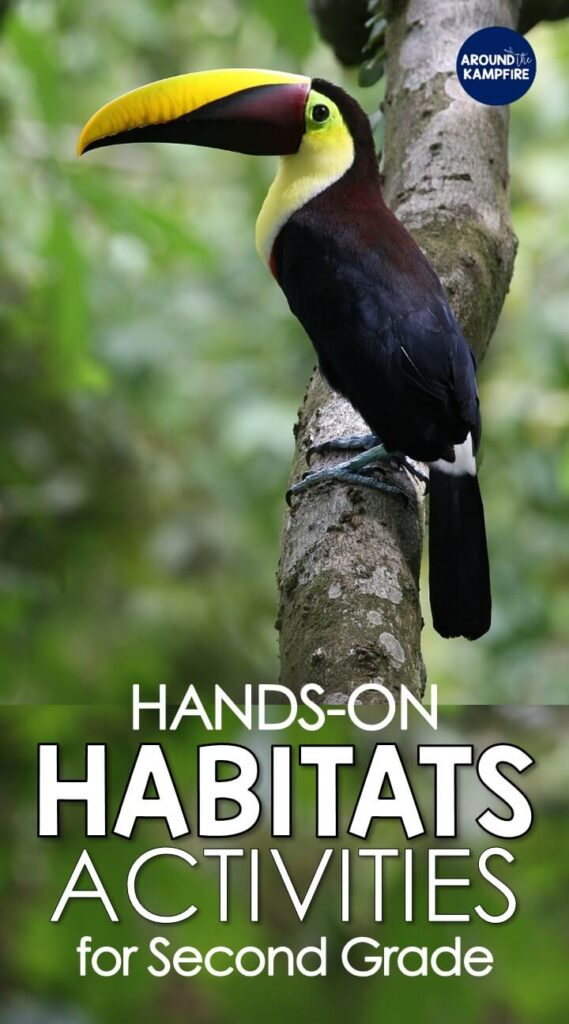
Find more science activities & teaching ideas in these posts:
Properties of Matter Activities for 2nd Grade

Scientists, Tools & Safety Rules for Back to School

Plant Life Cycle Activities & Science Experiments

Butterfly Life Cycle Activities & Free Printables



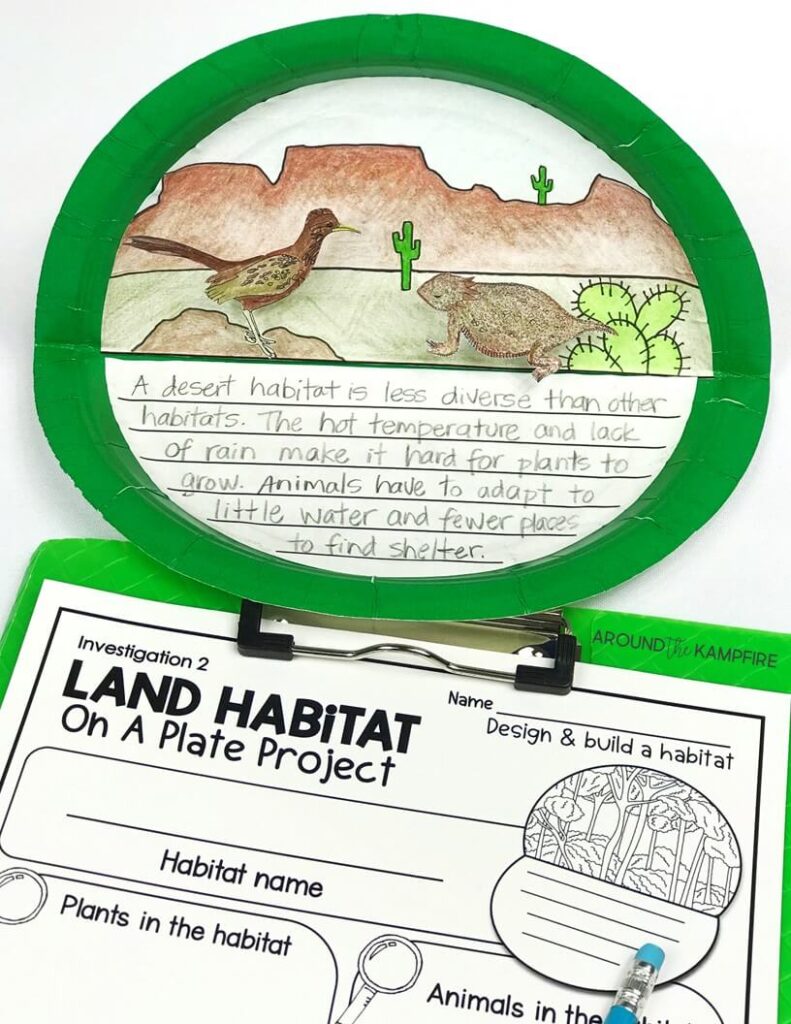











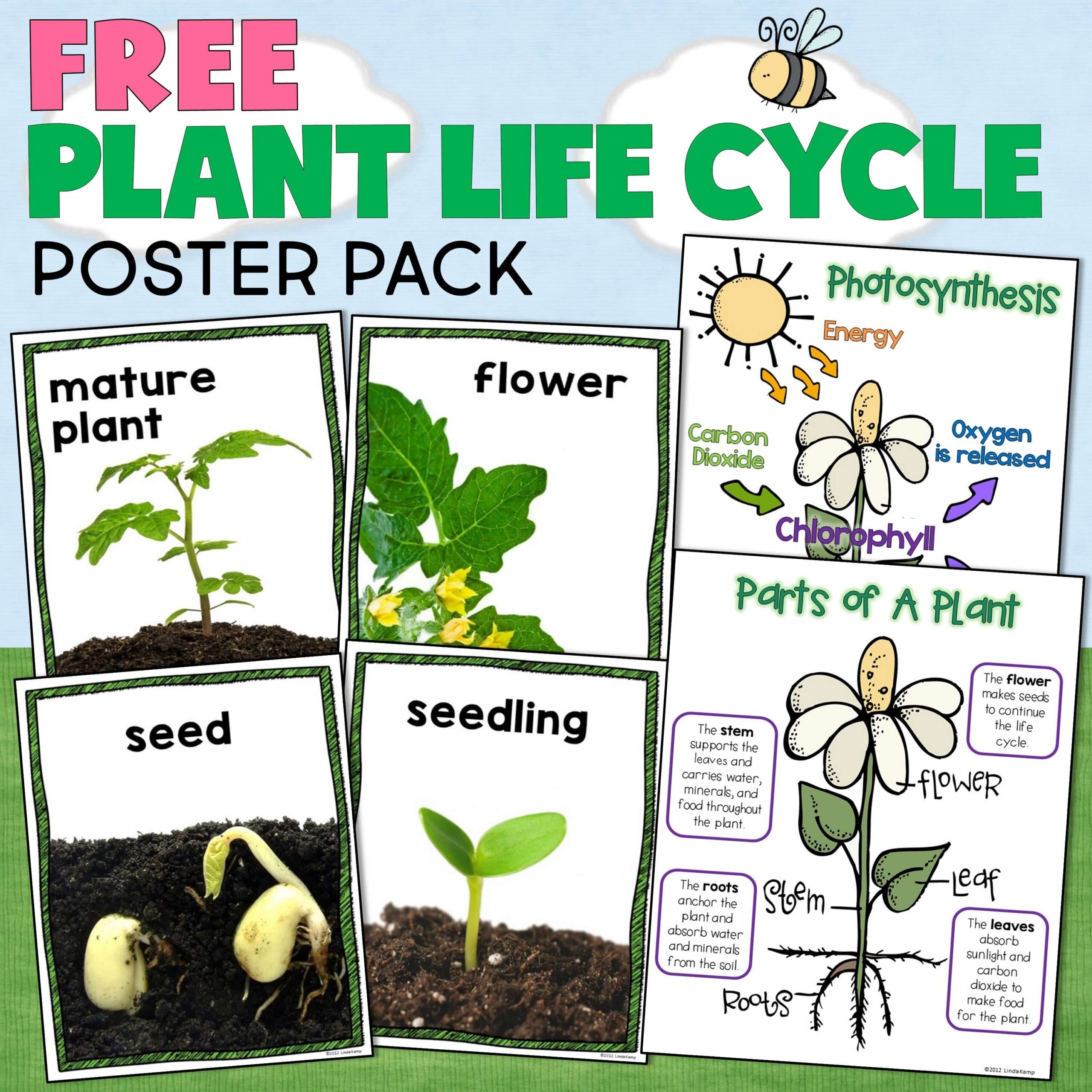

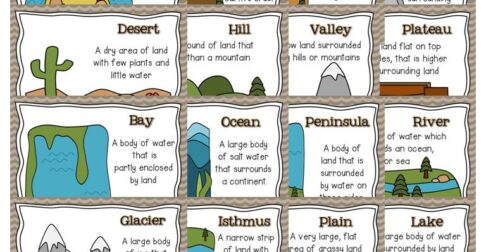
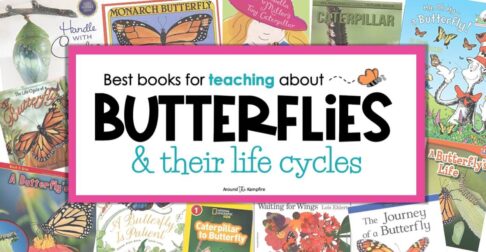

You are awesome! Thank you for sharing your materials and ideas with us “old” teachers.
When will your new units come out! Lol I’m
Impatiently waiting ???
Oh boy! Like everyone else, I had to take a great big detour for distance learning. I’m hoping to have the next one out in October. Fingers crossed! Thanks so much for asking!
It is the end of the year but I can wait to teach my second graders these exciting activities!!!!!!
Love these Activities!